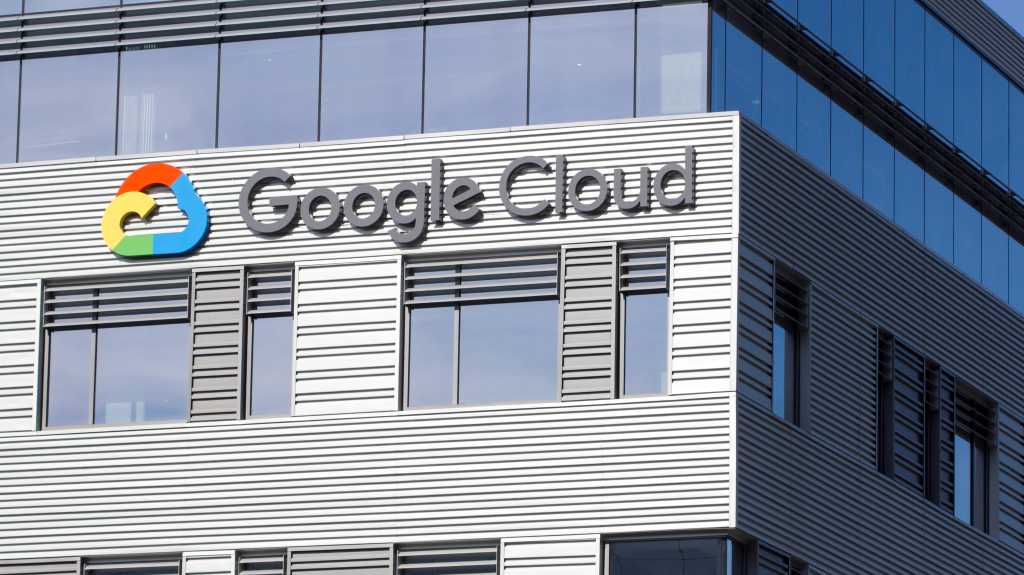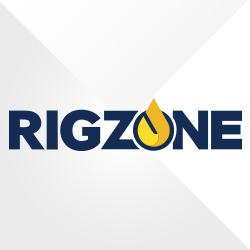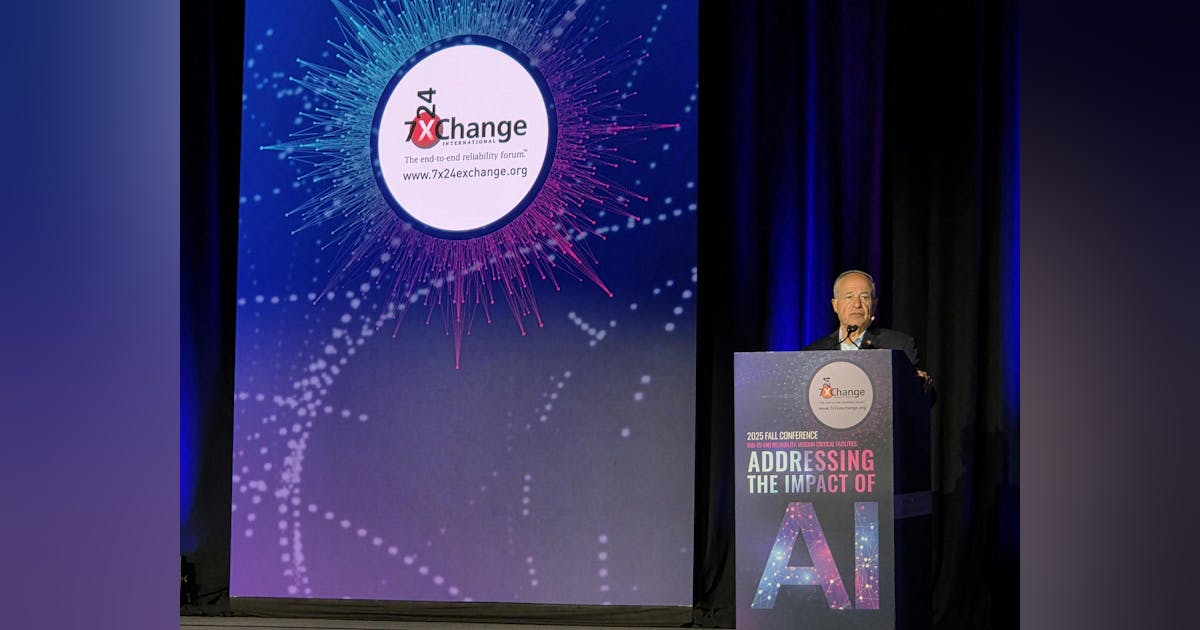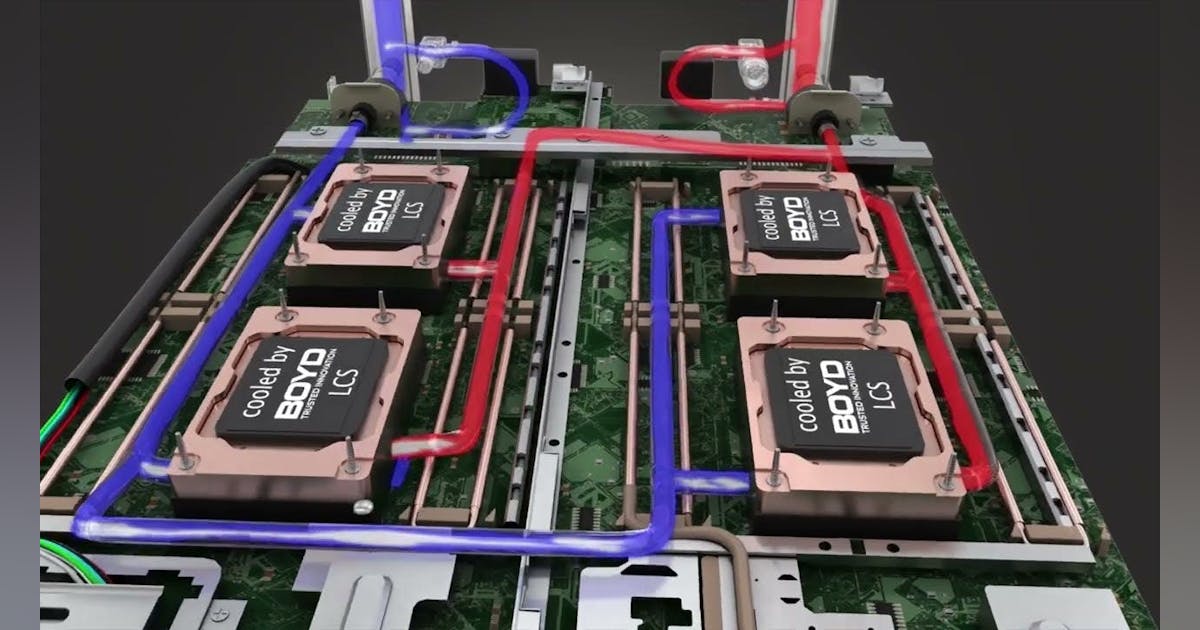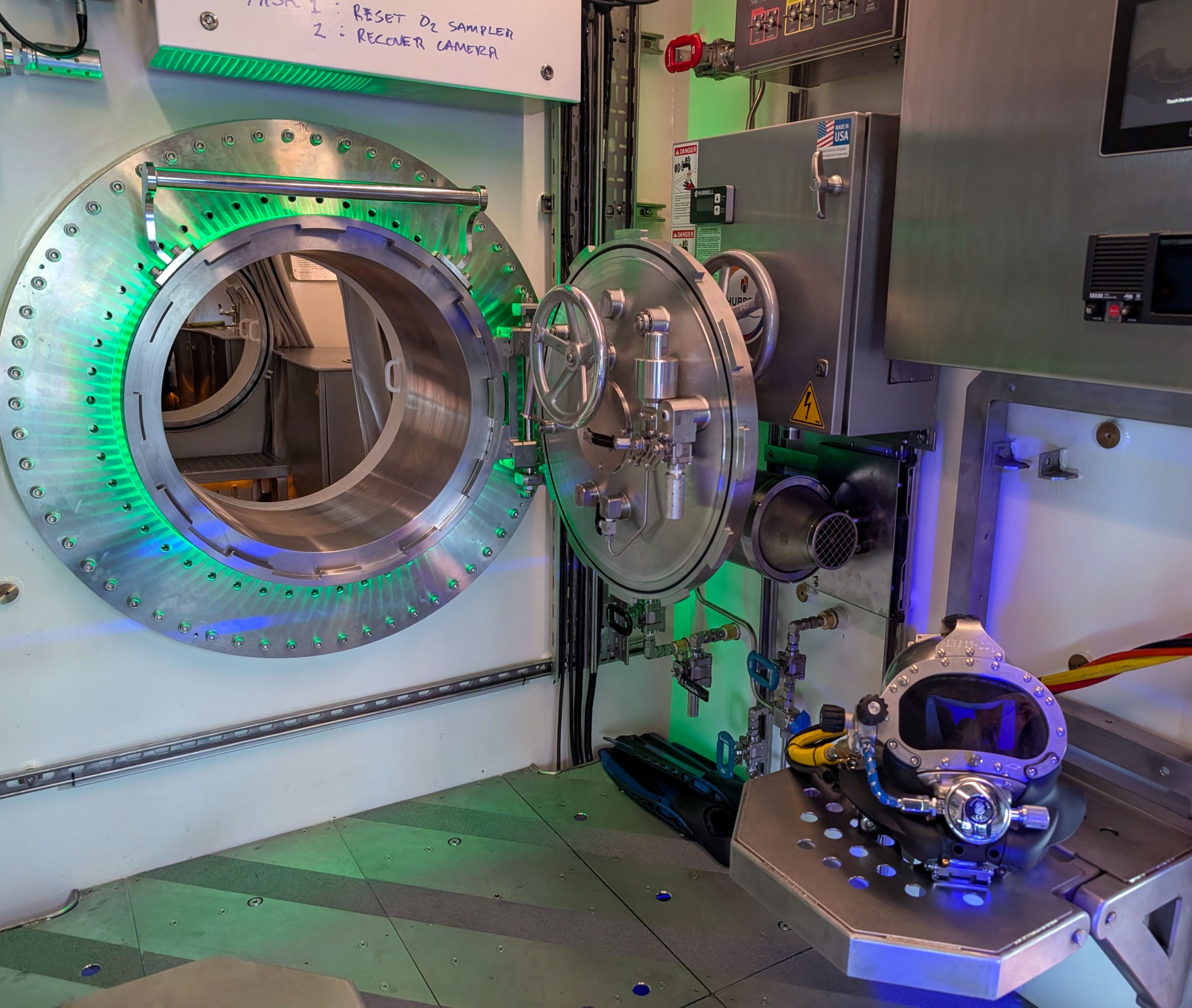
Shell Offshore Inc. (Shell), a subsidiary of Shell plc, has started oil production at its Whale floating production platform, the company’s 14th deep-water development in the Gulf of Mexico.
The start marks the first time that oil production at a Shell deep-water platform has been started from a control room on land, according to the company website.
The semisubmersible Whale platform lies in the Alaminos Canyon Block 773 in more than 8,600 ft (2,600 m) of water adjacent to the Shell-operated Silvertip field, around 16 km from the Shell-operated Perdido platform, and around 320 km south of Houston. A total of 15 wells are to be tied back in the first phase of development.
Shell took final investment decision (FID) for the Whale US Gulf of Mexico deepwater development project in 2021 after being delayed by cash-saving measures brought on by the pandemic (OGJ Online, July 26, 2021).
The operator made the Paleogene discovery in the Perdido area in 2017, encountering 1,400 net ft of oil-bearing pay (OGJ Online, Jan. 18, 2018).
With an estimated peak production of 100,000 gross boe/d, Whale currently has an estimated recoverable resource volume of 480 MMboe, according to the operator.
Design efficiency, GHG reduction efforts
Whale replicates the simplified, cost-efficient host design of the Vito platform—a four-column semi-submersible host platform in the greater Mars Corridor—which began production in early 2023. Whale replicates 99% of the hull design and 80% of the topsides from Vito.
Waste-heat recovery units were fitted to all the power turbines. Instead of being released into the atmosphere, the energy is to be reused to heat raw fluids for export from the platform. Overall, the use of energy-efficient gas turbines and compression systems are expected to help the platform operate with about 30% lower greenhouse gas (GHG) intensity over its life cycle than Vito, according to Shell.
Shell Offshore is operator of the Whale development with 60% interest. Chevron USA Inc. holds the remaining 40%.


